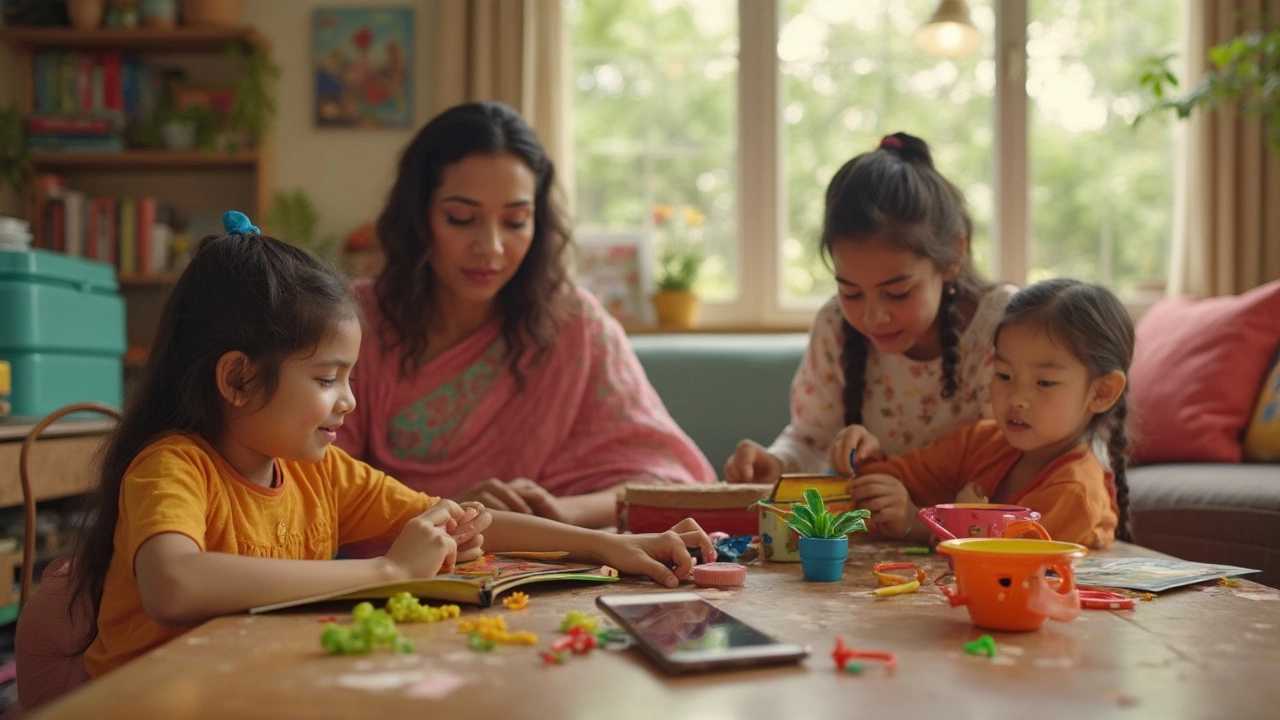Language Tips for Better Learning and Teaching in India
When you’re trying to language tips, practical methods to improve how you speak, understand, and teach language. Also known as language learning strategies, they’re not about memorizing grammar rules—you need to use language like a tool, not a textbook. In India, where students juggle English, Hindi, and regional languages, good language tips make all the difference. Whether you’re a student struggling to write an essay or a teacher trying to get kids to speak up in class, it’s not about being perfect. It’s about being clear, confident, and consistent.
Good language acquisition, the natural process of learning a language through use, not just study happens when you hear it, say it, and use it every day. Think of how kids learn their first language—they don’t study conjugations. They copy sounds, repeat phrases, and get corrected gently. That’s the same approach that works for adults learning English or a regional language. Simple habits like labeling things around your room in English, listening to short podcasts while commuting, or explaining your day out loud to yourself build real fluency. And for teachers, the best communication skills, the ability to convey ideas clearly and understand others aren’t found in fancy lectures. They’re in asking open-ended questions, waiting for answers, and letting students stumble through their thoughts without jumping in to fix them.
Many people think you need a big vocabulary to speak well, but that’s not true. You need the right words—used correctly. A student who knows 500 high-frequency words and uses them naturally will communicate better than someone who memorizes 2,000 obscure ones. Focus on phrases you’ll actually use: asking for help, explaining a problem, giving an opinion. And if you’re teaching, don’t correct every mistake. Pick one thing to focus on per lesson. Over time, those small wins add up. Language isn’t a subject you pass—it’s a skill you build, like riding a bike. You won’t be perfect the first time, but you’ll get better with practice.
You’ll find real examples of these ideas in the posts below—from how to teach English without relying on translation, to how students in small towns are learning languages through YouTube, to why speaking practice beats grammar drills every time. These aren’t theories. They’re what works in Indian classrooms, homes, and coaching centers right now. No jargon. No fluff. Just clear, usable language tips that make a difference.


